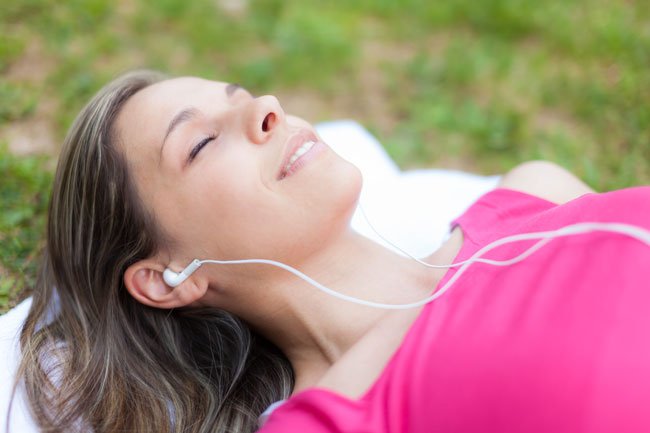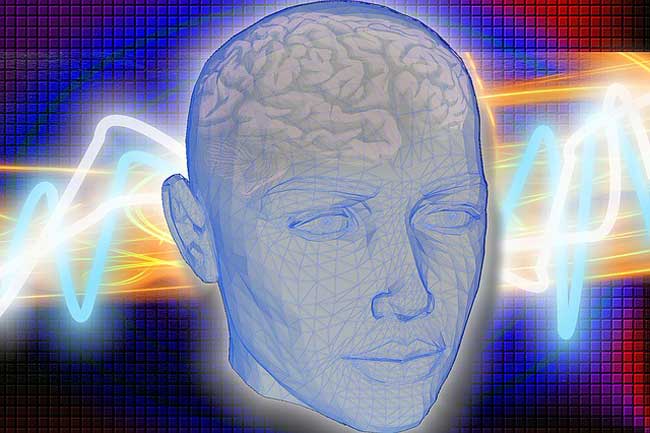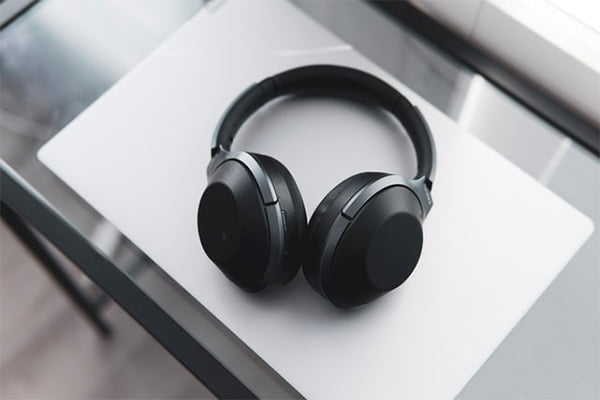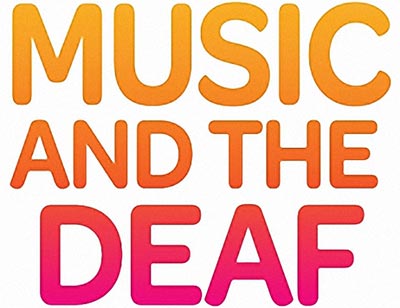The value of music therapy is increasingly being realized in the medical industry. One type of widely used music therapy being widely used is brainwave entrainment, which includes binaural beats. But can this type of music help with depression?


The value of music therapy is increasingly being realized in the medical industry. One type of widely used music therapy being widely used is brainwave entrainment, which includes binaural beats. But can this type of music help with depression?

Creating a binaural beats album is easy enough to do but there are a few things you should consider first. It’s not quite like buying a normal music album, because this is essentially a personal development tool that you will want to tailor to your specific needs.

The Oster Curve was developed by Dr. Gerald Oster, who pioneered binaural beats research in the 70s. He proposed how they might be used as a diagnostic tool for purposes related to health and science.

What is it about electronic music that makes it impossible for some to stand still? Why is it that country music makes some want to throw the CD out of the nearest window? What is it about music made in the frequency of 432 Hz that makes us feel so relaxed?

The short answer is yes, Bluetooth headphones do work with binaural beats, although there may be some frequency loss, which is dependent on factors such as Bluetooth version, codec, frequency response, and headphone componentry.

Those with normal hearing ability, partial hearing and non-hearing persons, can sense vibrations created by sound. These vibrations do not need to enter through the ears, and can enter at different receptive points of the body.